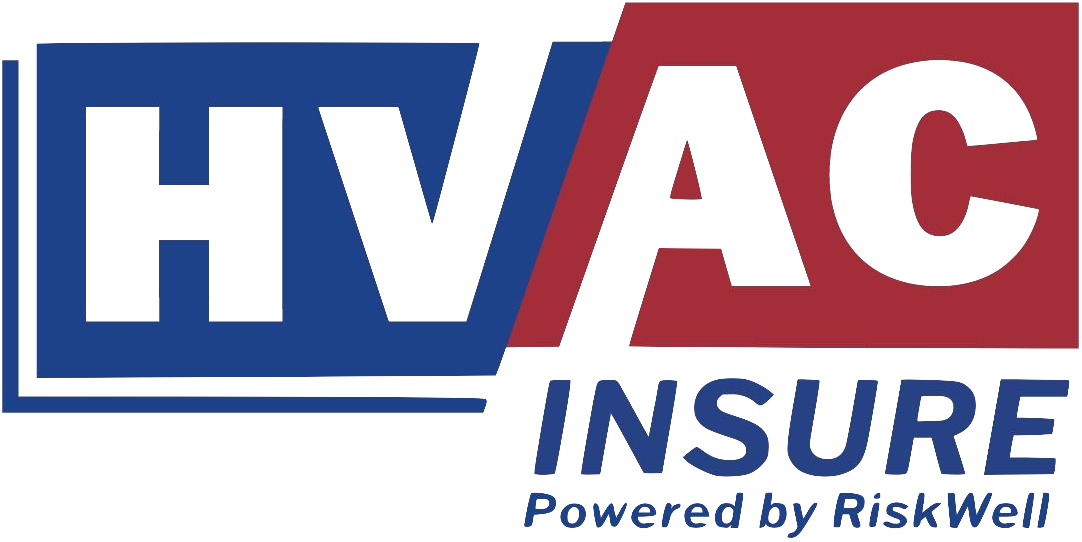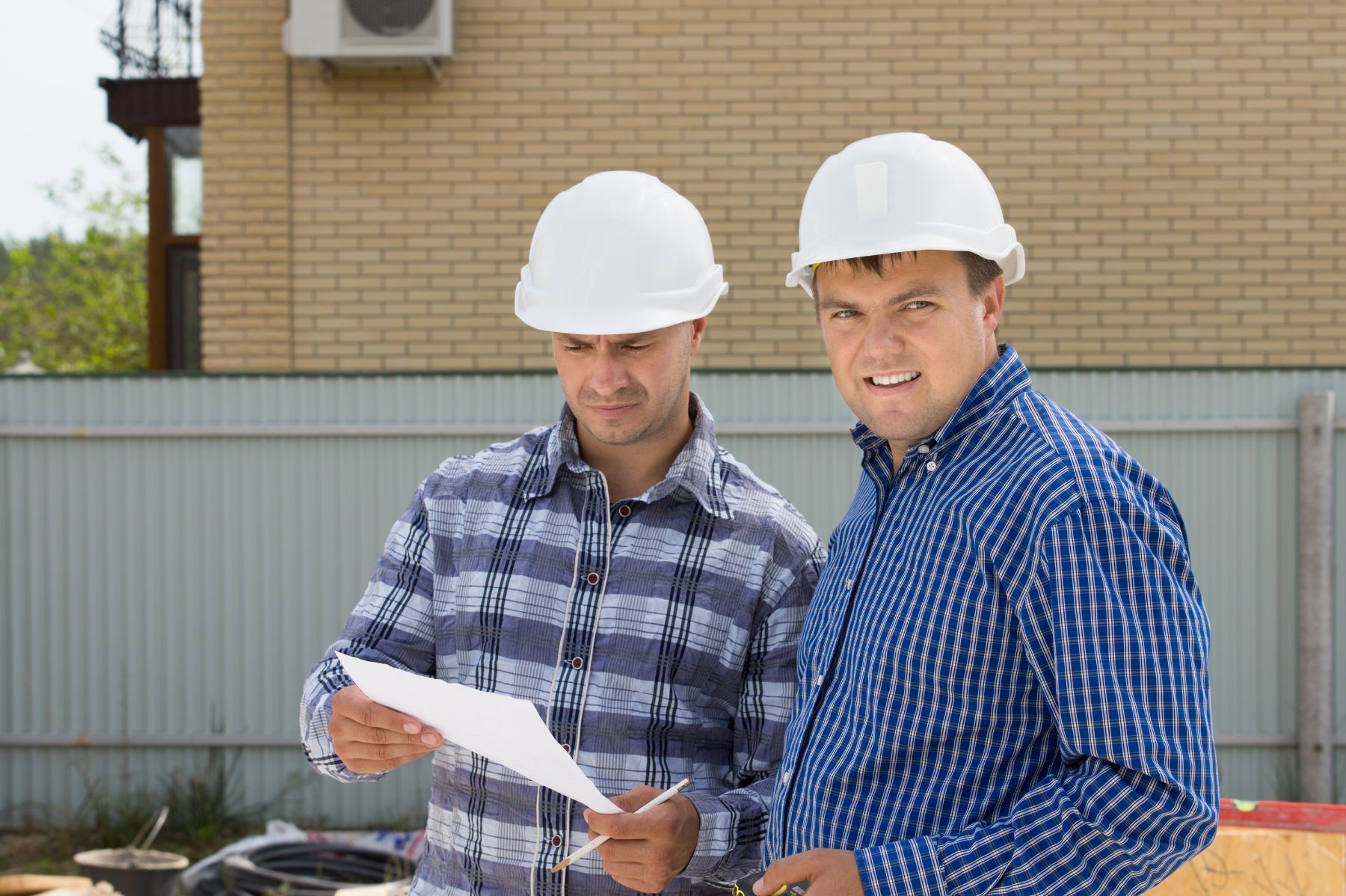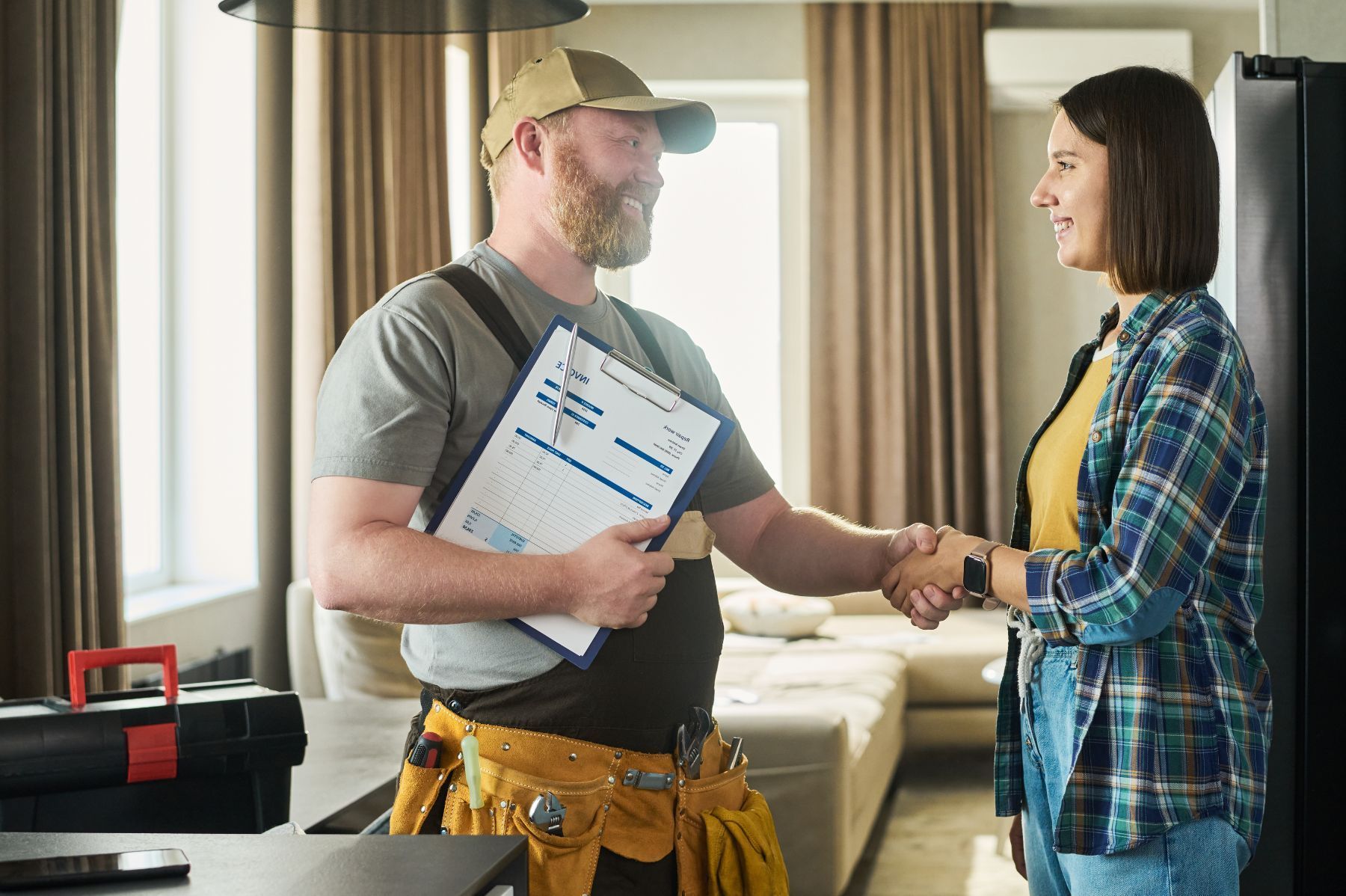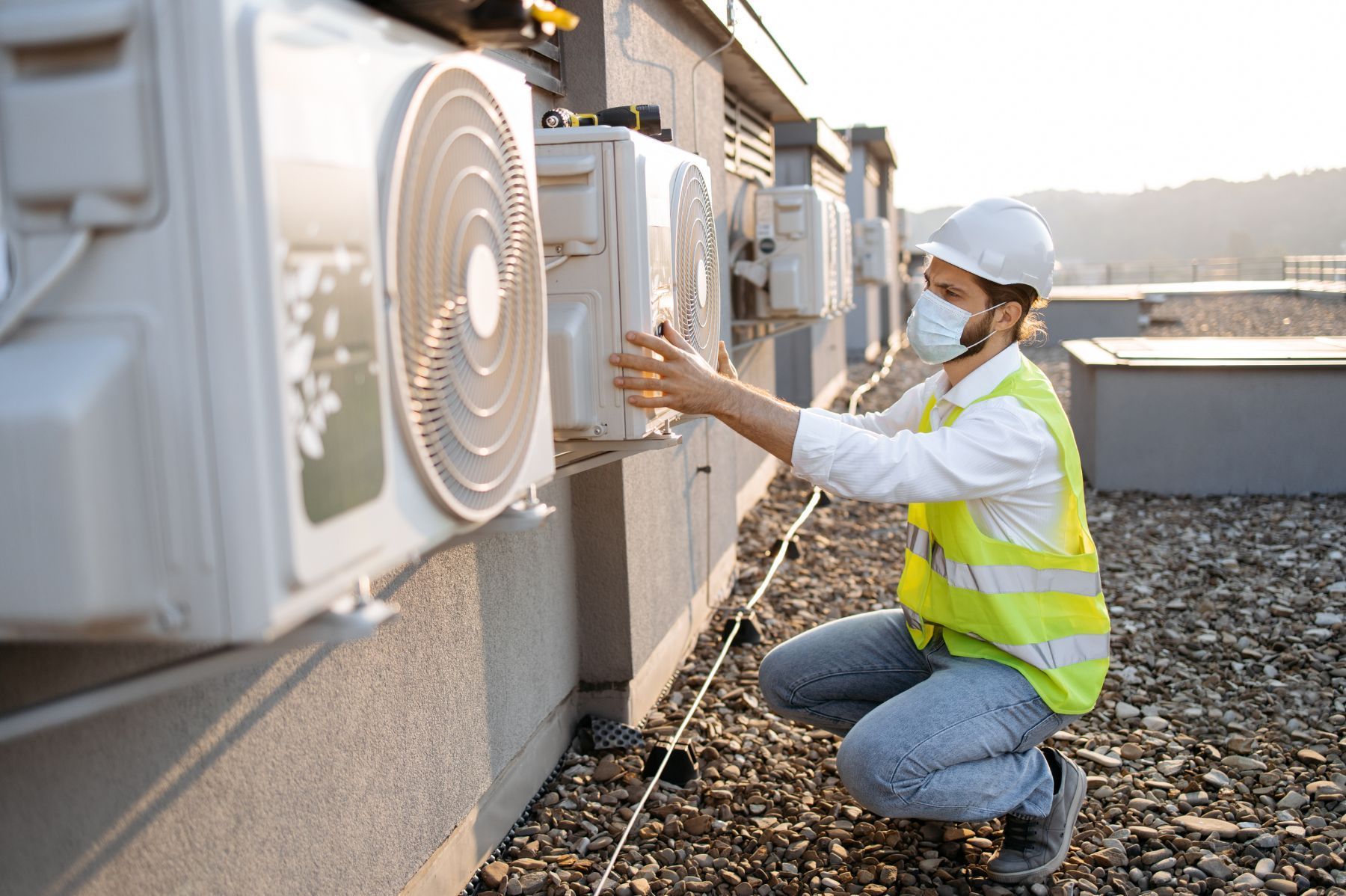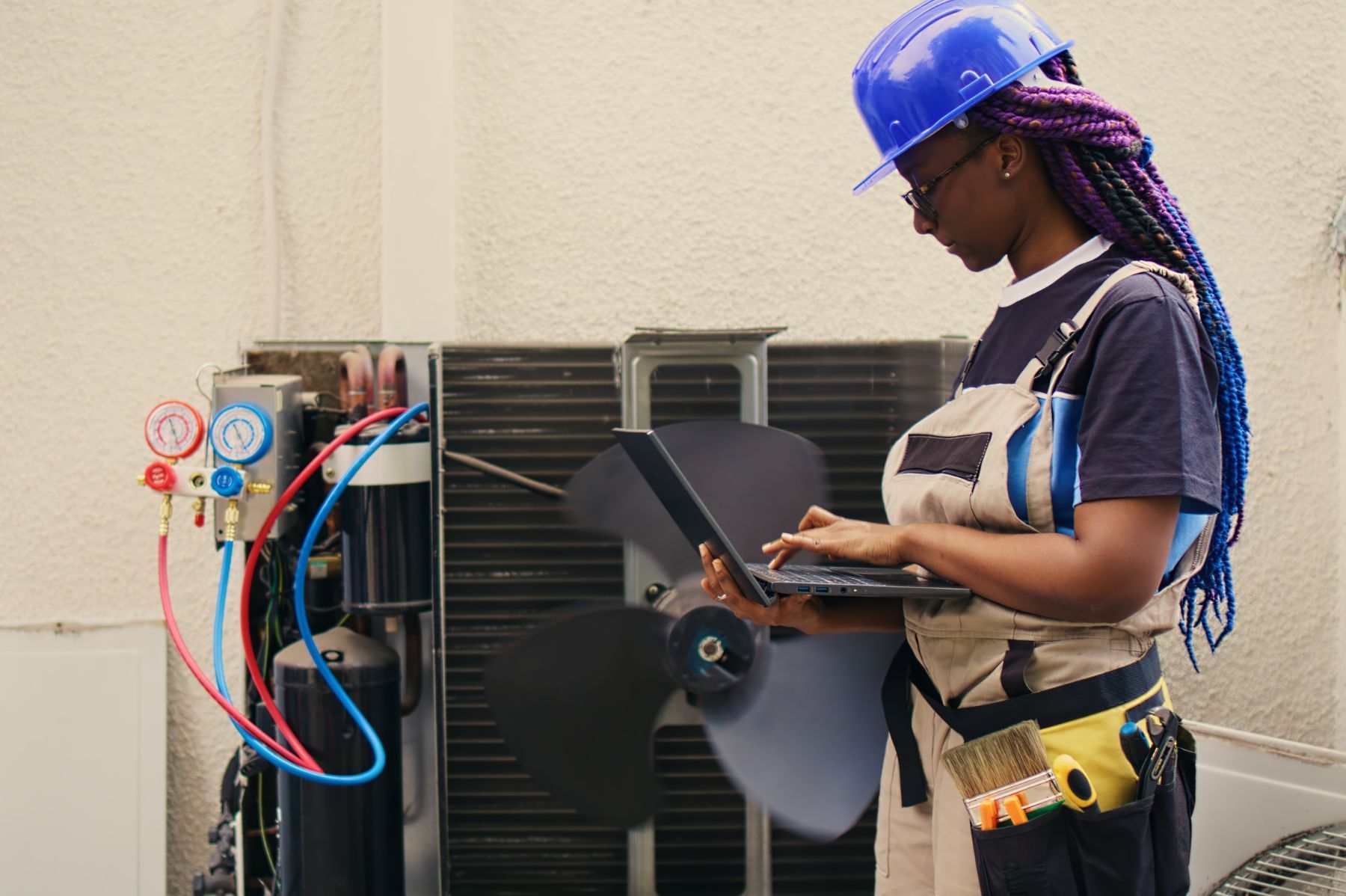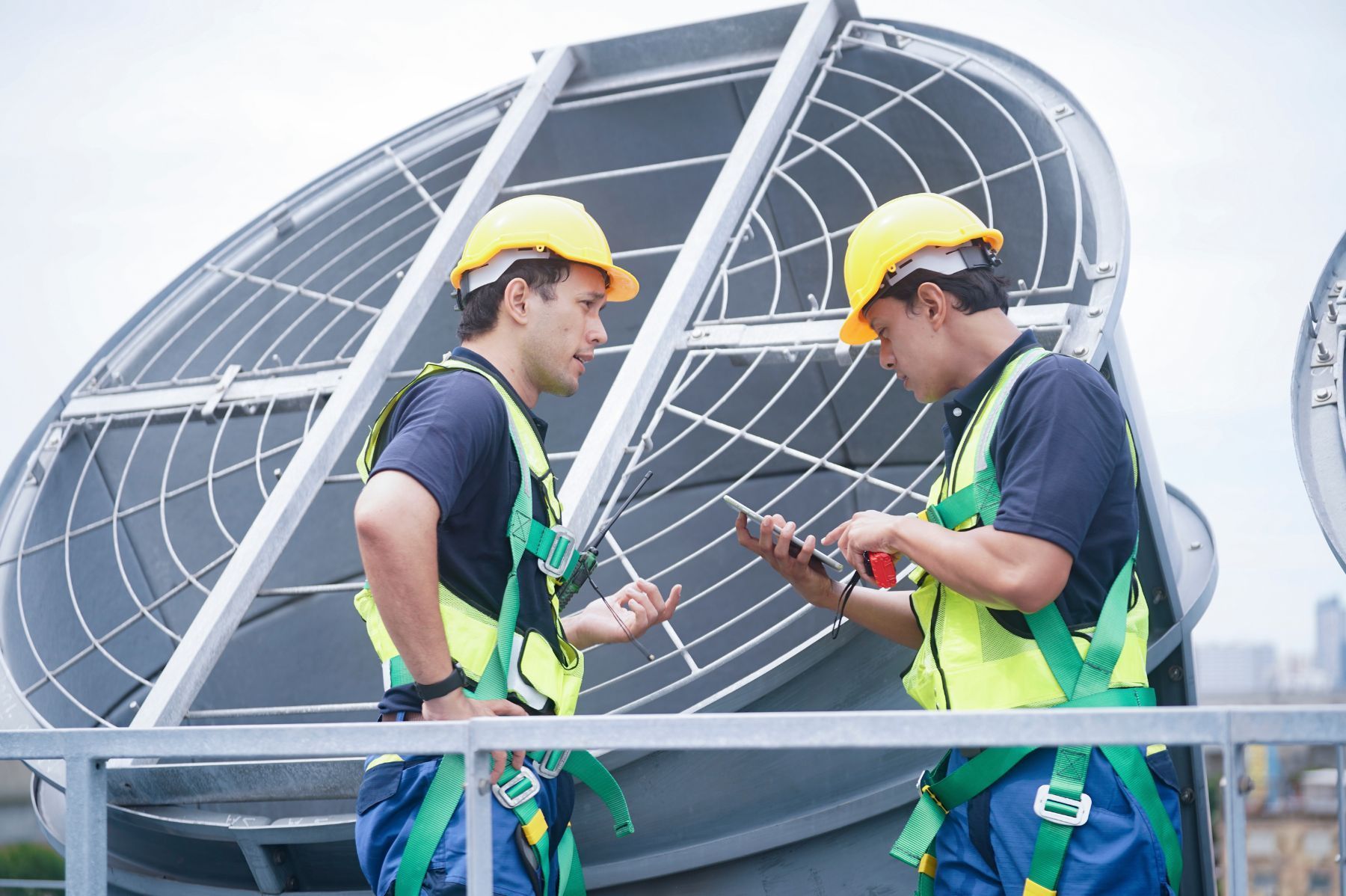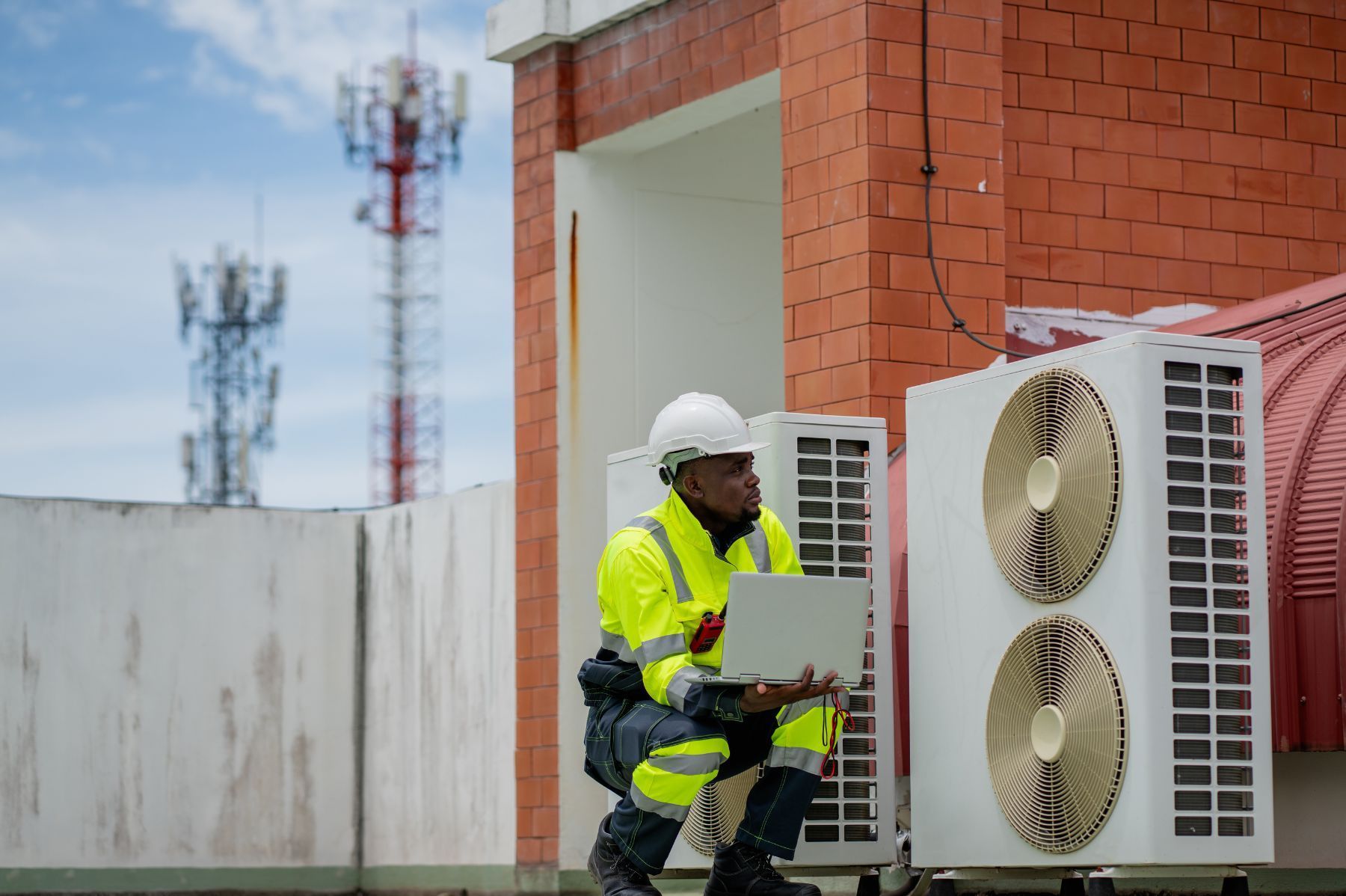Impact of Climate Events on HVAC Insurance Costs
See How We're Different
or call us: (469) 678-8001

Severe weather is no longer an occasional headline. For HVAC contractors and homeowners alike, the rising frequency of climate events is reshaping how insurance works and what it costs. When a single storm can trigger billions in claims, the ripple effects reach far beyond damaged roofs and flooded basements. Understanding the connection between climate events and HVAC insurance costs is crucial for anyone managing property risks or running a service business tied to home systems.
In 2020 alone, natural disasters caused $76 billion in insured losses, a sharp 40 percent jump from the previous year, according to Swiss Re. This surge reflects more than just bad luck. It highlights how climate change is intensifying weather extremes, increasing the likelihood of costly claims that directly impact insurance premiums.
Why Climate Change Drives Up Insurance Costs for HVAC Systems
HVAC systems are often vulnerable during extreme weather. Hurricanes, floods, and heatwaves can damage equipment, disrupt power, and cause costly repairs or replacements. As these events become more frequent and severe, insurers face growing losses that they must offset through higher premiums.
One key factor is the way warmer temperatures and more humid air create conditions for extreme weather. Swiss Re experts note, "Climate change is expected to worsen the number of such events, as humid air and rising temperatures create more extreme weather conditions." This means insurers anticipate more claims related to weather damage, pushing costs upward.
For HVAC contractors, this trend means insurance coverage for equipment, liability, and property is becoming more expensive. The industry report from CNBC highlights that home insurance premiums rose 21 percent in 2023, partly driven by climate-related risks. Since HVAC systems are integral to homes, their insurance costs are tied closely to these broader trends.
How Weather Events Specifically Affect HVAC Insurance
Storms can cause physical damage to outdoor units, such as air conditioners and heat pumps. Flooding can ruin indoor components and wiring. Additionally, power outages triggered by weather events can lead to system failures or even fires, resulting in liability claims. These factors increase the frequency and severity of insurance claims related to HVAC.
Insurers adjust premiums based on risk assessments that now incorporate climate data. Areas prone to hurricanes, wildfires, or flooding see steeper premium hikes. The U.S. Treasury Department reports that homeowners in high-risk zones paid an average annual premium of $2,321, which is 82 percent higher than in safer areas. This disparity reflects the increased likelihood of weather-related claims, including those involving HVAC systems.
Moreover, the impact of climate change on HVAC systems extends beyond immediate physical damage. As temperatures rise, the demand for cooling systems increases, leading to overuse and potential breakdowns. HVAC systems that are pushed to their limits not only require more frequent maintenance but also have a higher likelihood of failure, which can exacerbate insurance claims. Additionally, the increased energy consumption associated with cooling during extreme heat can lead to higher utility bills, further straining homeowners' budgets. This cycle of demand and failure places additional pressure on insurance companies to reassess their pricing models and coverage options.
As the climate crisis continues to unfold, HVAC manufacturers are also adapting by developing more resilient technologies and systems that can withstand extreme weather conditions. Innovations such as weather-resistant outdoor units and smart HVAC systems that can automatically adjust to environmental changes are becoming more prevalent. However, these advancements often come at a higher initial cost, which can further contribute to rising insurance premiums. Insurers are now tasked with evaluating these new technologies in their risk assessments, creating a complex landscape for both homeowners and contractors navigating the evolving insurance market.
Long-Term Financial Impact on Insurers and Policyholders
The financial strain from climate events is not just a short-term problem. Studies suggest that the long-term health of insurance companies is at risk due to escalating climate-related losses. Research published on arXiv indicates that climate change could significantly affect general insurers’ financial stability over time. As extreme weather events become more frequent and severe, insurers may find themselves facing unprecedented claims that could deplete their reserves and challenge their ability to pay out on policies. This could lead to a tightening of underwriting standards, making it more difficult for individuals and businesses in high-risk areas to obtain coverage.
For policyholders, this means premiums will likely continue to rise, especially in vulnerable regions. Between 2018 and 2022, homeowner premiums increased 8.7 percent faster than inflation, according to Brookings. HVAC insurance costs are part of this upward trend, reflecting the broader risk environment. Additionally, as insurers grapple with the financial implications of climate change, they may implement more stringent policy terms, including higher deductibles and exclusions for specific climate-related damages. This shift could leave many policyholders exposed to greater financial risk in the event of a loss.
HVAC contractors should prepare for these changes by reviewing their coverage options regularly and considering risk mitigation strategies. Preventive maintenance, system upgrades, and disaster preparedness can help reduce claims and potentially ease premium increases. Furthermore, contractors can educate their clients about the importance of energy-efficient systems and sustainable practices, which not only contribute to reducing the overall carbon footprint but may also qualify for discounts on insurance premiums. By proactively addressing these issues, both contractors and policyholders can navigate the evolving landscape of insurance in the face of climate change.
Anthropogenic Factors and Their Role in Insurance Losses
Human activity also plays a role in the rising costs. A study on arXiv found that anthropogenic aerosols increased insured windstorm losses by 45 percent in late 20th-century Europe. This suggests that pollution and other man-made factors intensify weather events, indirectly pushing insurance costs higher. The cumulative effect of urbanization, deforestation, and industrial emissions not only contributes to the frequency of severe weather but also alters local climates, making it increasingly difficult for insurers to predict risk accurately.
For HVAC systems, this means the risk environment is influenced not only by natural climate patterns but also by human-driven changes. Contractors and homeowners alike face a more complex insurance landscape as a result. The increased prevalence of extreme heat events, for example, can lead to higher demand for cooling systems, resulting in more wear and tear and consequently, more claims. Additionally, as cities expand and populations grow, the strain on existing infrastructure can exacerbate the impacts of climate change, leading to a vicious cycle of rising costs and escalating risks. Understanding these interconnected factors is crucial for stakeholders in the insurance industry as they seek to adapt to an increasingly volatile climate landscape.
Extreme Weather Events and Their Direct Costs
The scale of recent weather disasters underscores the financial pressure on insurance markets. In 2023, there were 28 separate billion-dollar extreme weather events in the U.S., with recovery costs totaling $92.9 billion, according to Deloitte. These events include hurricanes, floods, and wildfires that often lead to widespread HVAC system damage. The aftermath of such disasters not only disrupts the lives of countless individuals but also places immense strain on local economies, as businesses struggle to recover and rebuild amidst rising operational costs.
Such disasters cause a spike in claims that ripple through insurance pricing models. HVAC contractors operating in affected regions may find their liability and property insurance premiums rising sharply after major events. This volatility makes budgeting for insurance a challenge. Moreover, the increased demand for HVAC repairs and replacements following extreme weather events can overwhelm service providers, leading to longer wait times for customers and potentially lost business opportunities. As a result, contractors must not only navigate the financial implications of rising insurance costs but also manage customer expectations during peak demand periods.
Regional Differences in Insurance Costs
Insurance costs vary widely depending on location. High-risk areas with frequent storms or flooding see the steepest premium increases. The U.S. Treasury Department’s findings highlight that homeowners in these regions pay significantly more, reflecting the heightened risk. Additionally, the geographical diversity of the U.S. means that while some areas may experience a surge in insurance costs, others may see more stable rates, creating a complex landscape for contractors to navigate.
HVAC professionals working in these zones should be aware of how regional climate risks impact their insurance expenses. It may also influence decisions on where to operate or how to structure contracts to manage risk exposure. For instance, contractors might consider diversifying their service areas to mitigate the financial impact of extreme weather events. Furthermore, understanding local building codes and regulations that may change in response to climate risks can provide HVAC professionals with a competitive edge, allowing them to offer solutions that not only comply with safety standards but also enhance energy efficiency and resilience against future weather challenges.
Strategies for Managing Rising HVAC Insurance Costs
Facing rising insurance premiums, HVAC contractors and homeowners can take steps to manage costs without sacrificing coverage. One effective approach is investing in resilient equipment designed to withstand extreme weather. Modern HVAC units with robust features can reduce damage risk and claims frequency. For instance, units equipped with advanced sensors can detect and respond to environmental changes, allowing for proactive adjustments that enhance efficiency and longevity. Additionally, energy-efficient models not only lower utility bills but may also qualify for rebates or discounts from insurers, further alleviating the financial burden of rising premiums.
Regular maintenance also plays a crucial role. Keeping systems in top condition minimizes the chance of failure during storms or heatwaves. Insurers often view well-maintained equipment as lower risk, which can help control premiums. Routine inspections and servicing can identify potential issues before they escalate, ensuring that HVAC systems operate at peak performance. Furthermore, documenting maintenance records can serve as valuable evidence when negotiating with insurers, showcasing a commitment to risk management and potentially leading to lower rates.
Risk Mitigation and Insurance Options
Risk mitigation extends beyond equipment. Contractors might consider diversifying their coverage to include business interruption or specialized climate risk policies. Homeowners can explore endorsements that cover flood or wind damage, which standard policies may exclude. By understanding the specific risks associated with their geographical area, both contractors and homeowners can tailor their insurance plans to better protect against the unique challenges posed by climate change. For example, areas prone to wildfires may benefit from additional coverage options that address fire-related damages, while coastal regions might prioritize flood insurance.
Working with an insurance professional who understands climate risk can uncover options tailored to specific needs. Transparent communication about risk reduction efforts may also improve negotiating power for better rates. Insurers appreciate clients who actively engage in risk management, as it indicates a lower likelihood of claims. Additionally, participating in industry workshops or seminars focused on risk mitigation strategies can provide valuable insights and resources, empowering HVAC professionals and homeowners alike to make informed decisions about their coverage and investments.
Comparison of HVAC Insurance Coverage Types
| Coverage Type | What It Covers | Climate Risk Relevance | Typical Cost Impact |
|---|---|---|---|
| Property Insurance | Damage to HVAC equipment and property | High - covers storm, flood, fire damage | Moderate to High |
| Liability Insurance | Claims from third-party injury or damage | Moderate - includes damage caused by system failures | Moderate |
| Business Interruption | Lost income due to covered events | High - protects against downtime from weather events | Variable |
| Flood Endorsements | Specific coverage for flood damage | Critical in flood-prone areas | High in high-risk zones |
What HVAC Contractors and Homeowners Should Keep in Mind
Insurance costs tied to climate events are unlikely to decrease anytime soon. The trend toward more frequent and intense weather will keep pressure on premiums. Staying informed about climate risks and insurance market changes is vital.
HVAC professionals should consider how their operational choices affect insurance. Investing in resilient technology, maintaining equipment, and adopting risk management practices can make a difference. For homeowners, understanding how location and climate risk influence insurance costs helps in planning and protection.
Ultimately, insurance is part of a broader strategy to manage the financial impact of climate events. Being proactive and informed can help mitigate surprises and keep costs as manageable as possible.
For more detailed insights on the rising costs and risks, see the CNBC report on home insurance premiums and the U.S. Treasury Department analysis of climate risk pricing.
Frequently Asked Questions
Q: Why are HVAC insurance premiums rising faster than inflation?
A: Increased frequency and severity of climate events lead to more claims, pushing insurers to raise premiums beyond inflation rates.
Q: Can upgrading HVAC equipment reduce insurance costs?
A: Yes. Resilient and well-maintained systems lower risk of damage and claims, which can help keep premiums down.
Q: Are homeowners in all regions affected equally by rising insurance costs?
No. Premiums are significantly higher in high-risk areas prone to storms, flooding, or wildfires.
Q: What types of insurance coverage should HVAC contractors consider?
Property, liability, and business interruption insurance are essential. Flood endorsements may be necessary in certain regions.
Q: How does climate change affect insurance companies?
It increases the frequency of costly claims, which can threaten insurers' financial stability over the long term.
Q: Is it possible to negotiate HVAC insurance premiums?
Yes. Demonstrating risk mitigation efforts and working with knowledgeable brokers can improve premium terms.
